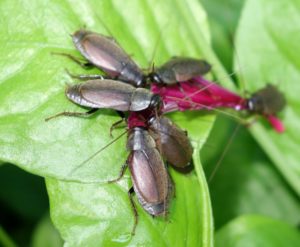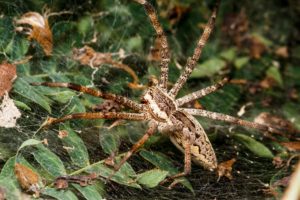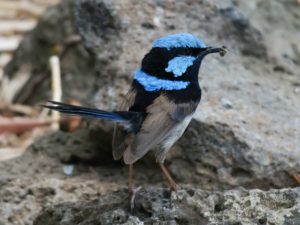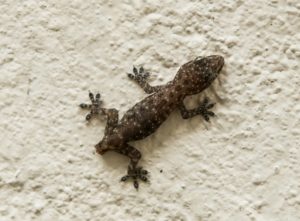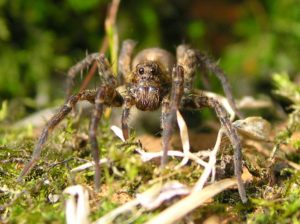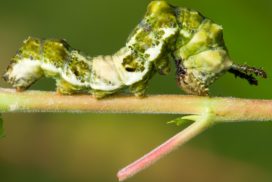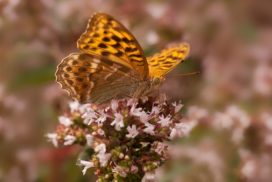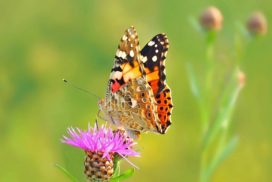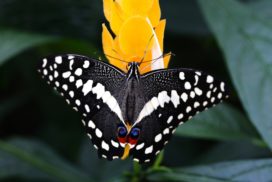WHY ARE MONARCH BUTTERFLIES POISONOUS?
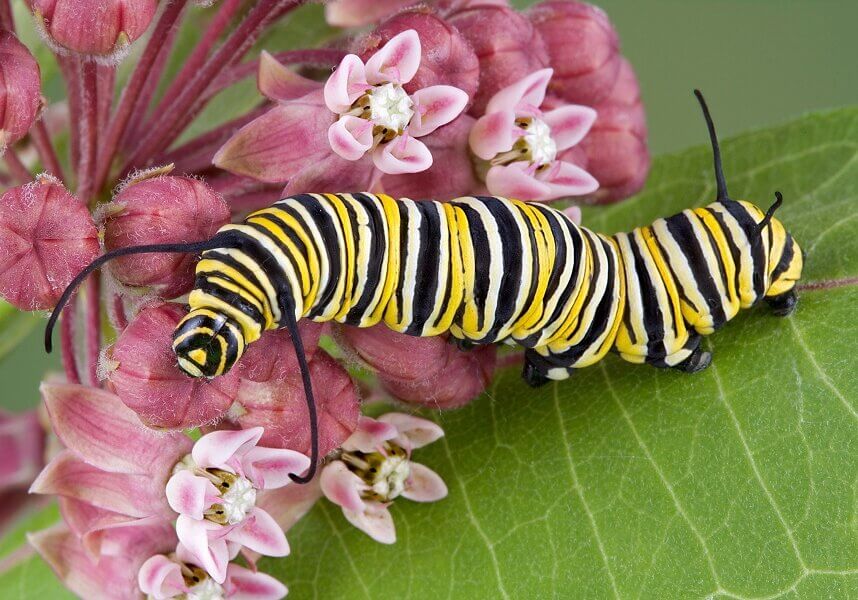
Monarch caterpillar
on a milk plant
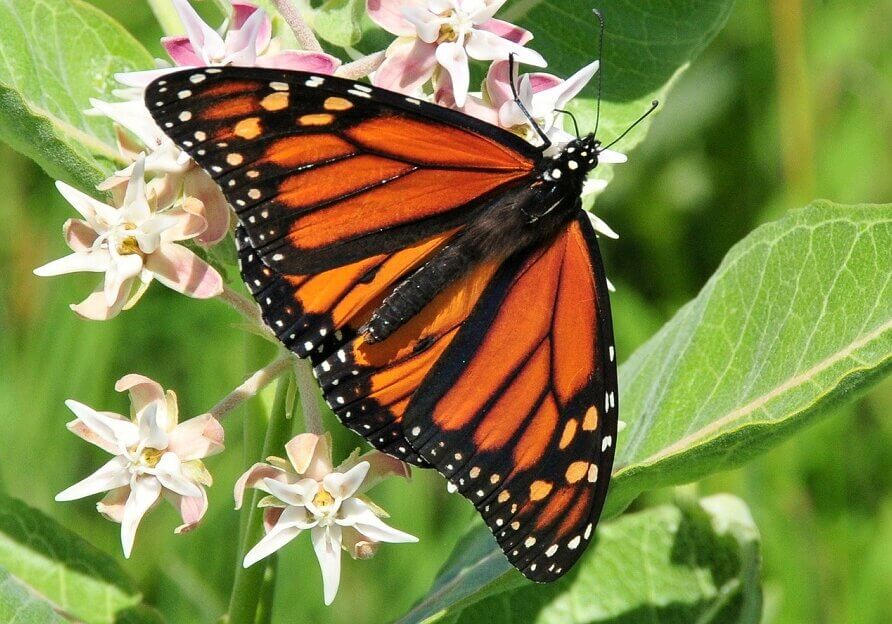
Monarch butterfly
Butterflies pass through four stages of growth before they can fly, one of which is the larva or caterpillar stage. According to The Scientist, monarch caterpillars feed on the poisonous milkweed plant leaves and store toxic compounds to ward off predators into adulthood. The monarch caterpillar stores cardenolide—a heart poison—from their milkweed diet, making the butterflies that emerge lethal to birds.
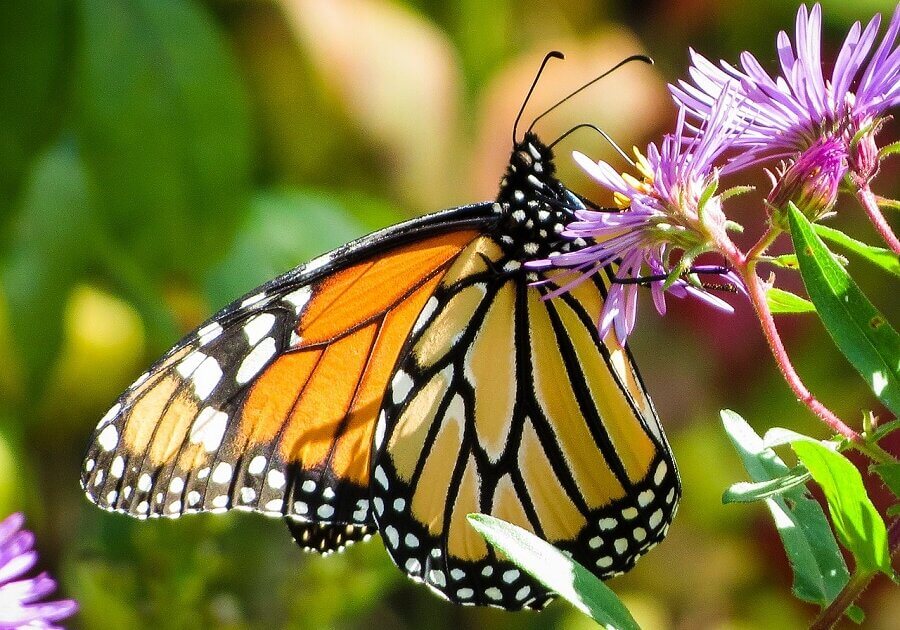
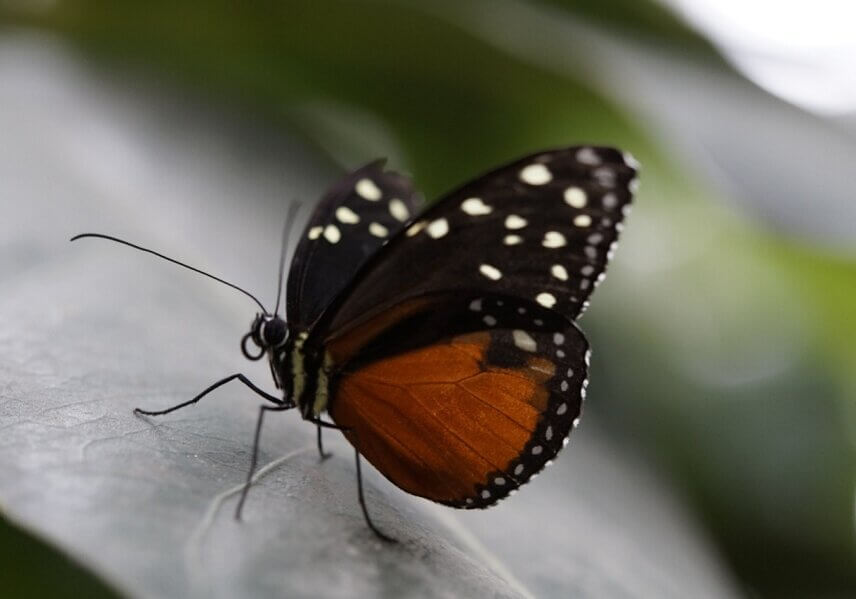
Recent posts
Join us on social media or subscribe!
Sign up to receive our articles in your inbox!
Enter your name and email address below to subscribe.
